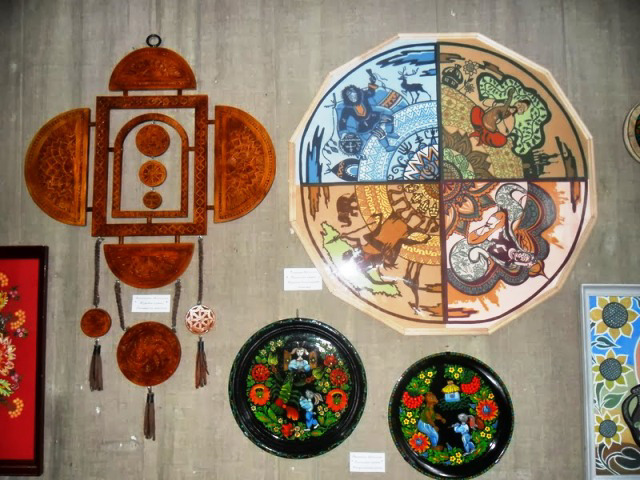Functional temporarily unavailable
Oleksandriia
Travel guide online Oleksandriia
General information about Oleksandriia
Alexandria is a large industrial city in the southern part of Ukraine, between Kropyvnytskyi and Kremenchug. In the XVIII century. a Cossack winter house appeared here, which in 1754 received the status of a settlement of Usovka (then Becheya, Alexandriysk). The historical center, where the fortress with a military gorrison was located, is the confluence of the river. Berezovka in Ingulets (now a city park). Development in Soviet times is associated with the construction of large industrial enterprises, thanks to which Alexandria became a city of machine builders and miners. Until recently, there was an active mining of brown coal by quarrying (at the flooded coal mines there are now "excavator graveyards"). During the years of Soviet power, all the temples were destroyed in t ...
Alexandria is a large industrial city in the southern part of Ukraine, between Kropyvnytskyi and Kremenchug. In the XVIII century. a Cossack winter house appeared here, which in 1754 received the status of a settlement of Usovka (then Becheya, Alexandriysk). The historical center, where the fortress with a military gorrison was located, is the confluence of the river. Berezovka in Ingulets (now a city park). Development in Soviet times is associated with the construction of large industrial enterprises, thanks to which Alexandria became a city of machine builders and miners. Until recently, there was an active mining of brown coal by quarrying (at the flooded coal mines there are now "excavator graveyards"). During the years of Soviet power, all the temples were destroyed in the city, there are very few architectural monuments.
Олександрія - велике промислове місто в південній частині України, між Кропивницьким і Кременчуком. В XVIII ст. тут з'явився козацький зимівник, який отримав в 1754 році статус населеного пункту Усівка (потім Бечея, Олександрійськ). Історичним центром, де знаходилася фортеця з військовим горнізоном, є місце впадання річки Березівка в Інгулець (зараз міський парк). Розвиток в радянські часи пов'язаний з будівництвом великих промислових підприємств, завдяки яким Олександрія стала містом машинобудівників і шахтарів. До останнього часу тут вівся активний видобуток бурого вугілля кар'єрним способом (на затоплених вугільних розрізах зараз "кладовища екскаваторів"). За роки радянської влади в місті було знищено всі храми, архітектурних пам'яток дуже мало.
Сплануй своє перебування у Oleksandriia
What to see and where to go in Oleksandriia
Tourist attractions and museums of Oleksandriia

Olexandria City Museum Center
Museum / gallery
The Olexandria City Museum Center named after Antonina Khudyakova was established in 1967. For a long time the museum worked on a voluntary basis, in 1991 it received the status of the state. It is named after A. Khudyakova, who was the director of the museum in 1980-91. The total number of exhibits of the main fund is more than 17,000 units. The exposition of the museum is located in two departments - historical and natural. In addition, the ethnography of the region is presented separately as a model of a Ukrainian house and various household items: utensils, household utensils, tools, etc. The museum keeps collections of paper money and coins of different epochs and countries, a selection of ancient photographs. Among the valuable exhibits of the museum are personal belongings, a spacesuit, devices, equipment for training and work at the orbital station of a native of Alexandria, cosmonaut L. Popov.
Reviews Oleksandriia
Geographical information about Oleksandriia
| {{itemKey}} | {{itemValue}} |
|---|---|
| Region |
Kirovohrad |


